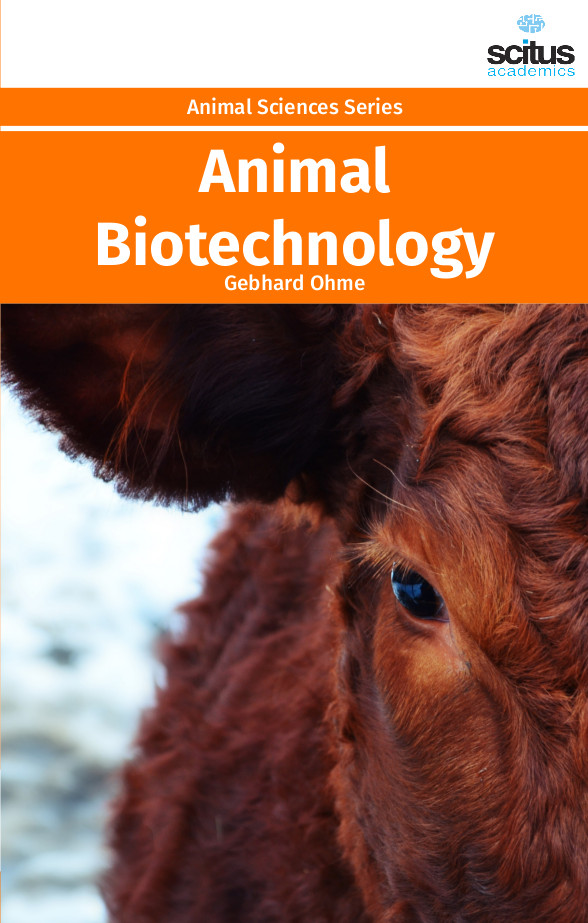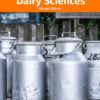Animal biotechnology is the use of science and engineering to modify living organisms. The goal is to make products, to improve animals and to develop microorganisms for specific agricultural uses. Animals are used in many ways in biotechnology. Biotechnology provides new tools for improving human health and animal health and welfare and increasing livestock productivity. Biotechnology improves the food we eat – meat, milk and eggs. Biotechnology can improve an animal’s impact on the environment. The animal biotechnology in use today is built on a long history. Some of the first biotechnology in use includes traditional breeding techniques that date back to 5000 B.C.E. Such techniques include crossing diverse strains of animals to produce greater genetic variety. The offspring from these crosses then are bred selectively to produce the greatest number of desirable traits. For example, female horses have been bred with male donkeys to produce mules, and male horses have been bred with female donkeys to produce hinnies, for use as work animals, for the past 3,000 years. This method continues to be used today. Animal biotechnology in use today is based on the science of genetic engineering. Under the umbrella of genetic engineering exist other technologies, such as transgenic and cloning, that also are used in animal biotechnology. Transgenic is the transferal of a specific gene from one organism to another. Gene splicing is used to introduce one or more genes of an organism into a second organism. A transgenic animal is created once the second organism incorporates the new DNA into its own genetic material.
This Volume ‘Animal Biotechnology’ encompasses all aspects of animal science and biotechnology, including animal genetics and breeding, animal reproduction and physiology, animal nutrition and biochemistry, feed processing and testing, and animal biotechnology. It is designed to introduce research achievements in animal science and technology to the international community, and to strengthen academic field. The topics including advances in animal assisted reproduction, conservation of animal genetic diversity, biotechnology of gut microbiome, nutrigenomics, fodder and feed biotechnology, immunogenetic, genomics and its applications in animals. We hope that a wide variety of scientists, researchers, and others may benefit from this book.













